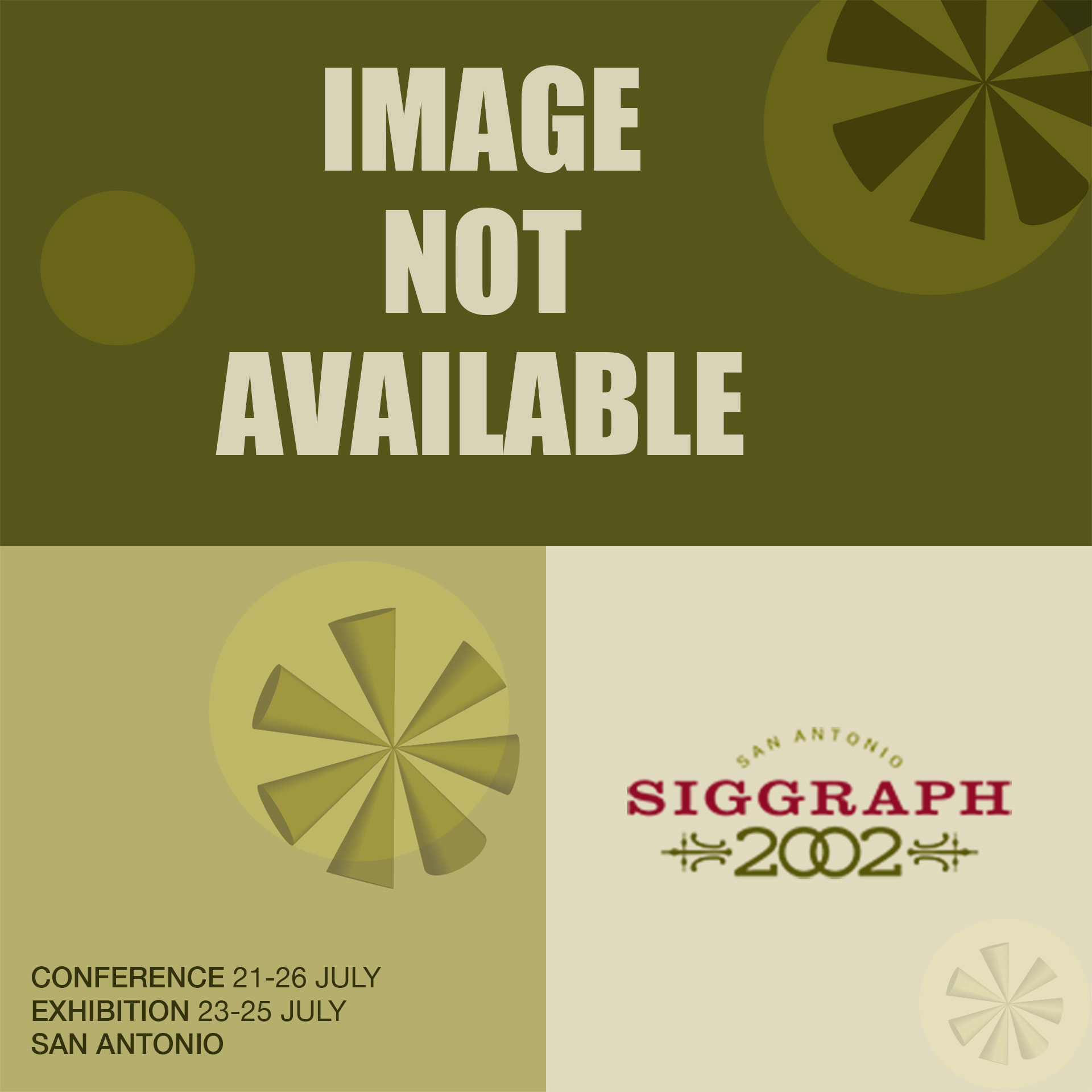“Inspiring the Renaissance Person” by Cox
Conference:
Type(s):
Title:
- Inspiring the Renaissance Person
Presenter(s)/Author(s):
Abstract:
Originally, ?university? was given its name because it was believed that a student would go to the university to find his or her place within the universe. Today’s liberal arts education has limited this universal process and forces an early decision: the ?major.? Students follow a well-defined curriculum that often precludes interdisciplinary study and cross-campus interaction. While most universities provide structure for in-depth, discipline-specific education; few offer curricula that take the student over many academic routes before making a decision on the major. Technical requirements can be the most constraining due to the vast foundational knowledge that must be mastered in the sciences and engineering.
Educational reward and economic systems force segregation of the disciplines. Faculty are often rewarded to be discipline specific, in both research and teaching. Students are not able to take classes across campus because the ?major?s? students fill the courses leaving no room for non-majors. Universities are struggling due to low budgets and cutbacks. And it is very difficult to manage students who want to create new degrees that span campus boundaries.
In contrast to this segregation of disciplines, the computer graphics industry often demands generalist knowledge. Often a programmer is required to design or a designer is required to have advanced technical skills. It is apparent in the area of computer graphics, visual literacy is one of the most critical skills that span both art and science [West 1991]. A National Research Council committee studying these issues found a strain on the talent pool in 3-D computer graphics and that universities are failing to provide adequate cross-disciplinary training: ?The development of workers with a mixture of technical and artistic capabilities represents a particular challenge because of its interdisciplinary nature. Whereas computer science and electrical engineering departments will train technical workers to address questions about networking and distributed simulation, the creation of visually literate workers demands cooperation between engineering and art departments, which are separated by large cultural and institutional gaps? [Zyda et al. 1997]. These cultural divisions have been talked about since C.P. Snow?s essay on ?Two Cultures.? However there are many cultures and cultures within cultures. Within the educational system, there are many illogical divisions within and among departments. Certainly the divide between science and art is the greatest in education. How does this type of education prepare the student to find himself or herself in the universe? Given the constraints of contemporary educational systems, how can we educators inspire the Renaissance person, one who has truly interdisciplinary knowledge and skills?





